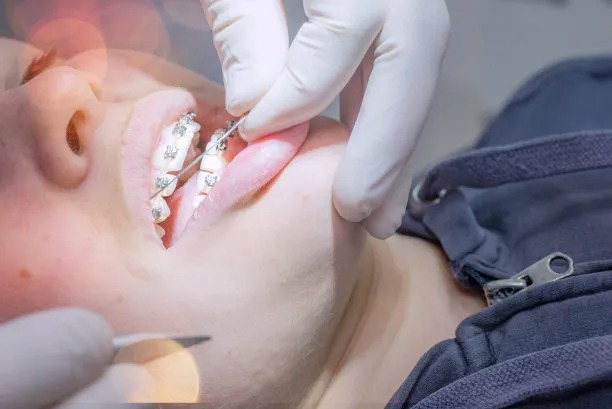The Comprehensive Guide to Understanding When and How to Extract a Tooth Safely and Effectively
Summary: Extracting a tooth, whether due to decay, crowding, or trauma, is a crucial procedure that should be approached with care and knowledge. This comprehensive guide details when a tooth extraction is necessary, the various techniques used, the post-extraction care, and strategies to manage anxiety during the procedure. By understanding these critical aspects, both dental professionals and patients can make informed decisions that prioritize health and safety. The insights offered will empower individuals to navigate the complexities of tooth extraction confidently, ensuring a smoother experience and better outcomes.
1. Indications for Tooth Extraction

Tooth extractions may be necessary for various reasons, including dental decay, infection, or crowding. Decay that has progressed beyond the point of repair can compromise the integrity of a tooth. In such instances, extraction becomes the most viable solution to prevent further oral health issues.
Another primary indication for extraction is periodontal disease, which affects the supporting structures of the teeth. If the disease advances unchecked, it can lead to tooth mobility and eventual loss. In severe cases where the teeth are irreparable, extraction prevents the spread of infection and the risk of systemic health problems.
Crowding, which often occurs with the natural development of the jaw and teeth, can warrant extraction to create space for alignment, especially in preparation for orthodontic treatment. This approach can significantly enhance the overall aesthetic and functional integrity of a person鈥檚 smile.
2. Tools and Techniques for Safe Extraction
The tools and techniques employed in tooth extraction are crucial for ensuring safety and minimizing discomfort. Dentists commonly use forceps designed for specific teeth, as well as elevators to loosen the tooth before removal. The choice of tools can depend on the tooths location and condition.
In addition to traditional extraction methods, modern technology such as laser-assisted extraction can offer benefits such as reduced bleeding and improved healing times. This technique allows for precise removal of the tooth while sparing surrounding tissues, thus enhancing patient comfort during and after the procedure.
Before the extraction, it鈥檚 vital to conduct a thorough examination, including necessary imaging like X-rays, to assess the tooths condition and the surrounding bone. This step ensures that the right method is chosen and helps identify potential complications ahead of time.
3. Post-Extraction Care and Recovery
After a tooth extraction, proper care is essential for optimal recovery. Initially, patients should bite down on gauze for about 30 minutes post-extraction to control bleeding. It鈥檚 crucial to follow the dentists instructions on when to change the gauze and how to manage discomfort.
In the days following the extraction, rest and dietary modifications are important. Patients are advised to stick to soft foods and avoid hot, spicy, or crunchy items that might irritate the extraction site. Staying hydrated is also key; however, using straws should be avoided as the suction can dislodge the blood clot.
Additionally, monitoring for signs of infection, such as persistent swelling or fever, is essential. If such symptoms arise, reaching out to a healthcare professional promptly can prevent complications and facilitate a smoother recovery.
4. Managing Anxiety During the Procedure
Anxiety associated with dental procedures, including tooth extraction, is common and can hinder a smooth experience. Patients should communicate their fears with their dentist, who can provide reassurance and information about the procedure. Knowing what to expect will help demystify the process and lower anxiety levels.
Techniques such as deep breathing exercises or visualization methods can significantly calm nerves. Furthermore, some dental practices offer sedation options ranging from nitrous oxide to intravenous sedation, allowing patients to feel more relaxed during the procedure.
Support from family or friends can also play a significant role in managing anxiety. Accompanying a patient to their appointment can provide comfort and encouragement, making the experience feel less intimidating and more supportive.
Summary:
In conclusion, understanding the essential aspects of tooth extraction is important for both dental professionals and patients. Knowing when extraction is necessary, familiarizing oneself with the tools and techniques, ensuring proper post-extraction care, and managing anxiety are all integral to a successful outcome.
This comprehensive guide hopes to empower readers with the knowledge needed to approach tooth extraction confidently and safely.
This article is compiled by Vickong Dental and the content is for reference only


